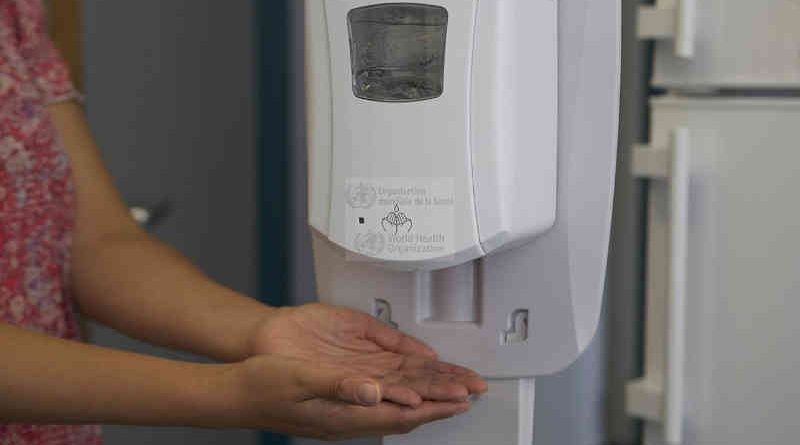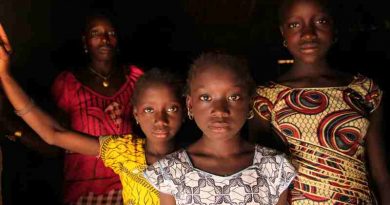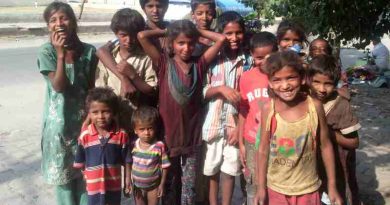2 Billion People Lack Handwashing Facility with Water and Soap at Home

Globally, 3 in 10 people, or 2.3 billion, lack a handwashing facility with water and soap at home.
All households in the world’s 46 least developed countries could have handwashing facilities by 2030 if the world invested less than US$1 per person per year in hand hygiene. This would provide basic protection against diseases, avert future outbreaks and prevent hundreds of thousands of deaths.
The 2021 State of The World’s Hand Hygiene report – launched on October 15 on Global Handwashing Day by WHO and UNICEF – highlights that an annual cost to governments of promoting handwashing with soap at home comes to just 2.5 percent of the average government health expenditure in these countries — making it a highly cost-effective investment, providing outsized health benefits for relatively little cost.
The report brings together dispersed data sets on hand hygiene access and underlying national policies and investments to highlight lagging progress; and calls member states and supporting agencies to action, offering numerous inspiring examples of change.
Hand hygiene, one of the first lines of defence against the spread of infectious diseases, remains out of reach for billions of people who still lack hand hygiene facilities at home, school, or health care facilities.
Globally, 3 in 10 people, or 2.3 billion, lack a handwashing facility with water and soap at home; 818 million children lack a handwashing facility with soap and water at school in 2020, and health workers in 1 in 3 healthcare facilities lack hand hygiene facilities at the points at which they provide care — placing them all at preventable risk of disease even at the best of times. Almost 2 billion people depend on health care facilities that don’t even have basic water services.
“Many of those who have had to get through this pandemic (Covid-19) without basic handwashing facilities are also in places that have struggled with lower, slower access to vaccines, therapeutics and testing resources, not to mention battling other, preventable infections — a triple burden,” said Dr Maria Neira, Director of the Department of Environment, Climate Change and Health at WHO. “Ramping up action to ensure universal access to hand hygiene facilities is one clear example of the complementarity of getting out of the pandemic, preparing for the next one, and meeting the Sustainable Development Goals — and it is certainly a requirement of universal health coverage.”
Achieving the goal of universal access to hand hygiene will require a dramatic change of gear — the current average pace of progress would have to quadruple to ensure all homes in the world have this access. The same applies to universal access to hand hygiene services in schools by 2030, which will also require at least a four-fold increase in the current average rate of progress, with greater acceleration needed in some areas.
If current rates of progress continue, by 2030 the world will have reached only 78 per cent coverage of basic hygiene services, leaving 1.9 billion people without the facilities to wash their hands at home.
“Hand hygiene is a truly ‘no-regrets’ investment — our estimates show that for every dollar invested, countries can save $15. But the rates of access to hand hygiene facilities remain stubbornly low. With some notable exceptions, few countries have made significant efforts to tackle the need for hand hygiene in public places, for example,” said Bruce Gordon, Head of the Water, Sanitation and Hygiene Unit at WHO “Governments should commit to hand hygiene not just as a temporary public health intervention in times of crisis, but as a vital everyday behaviour that contributes to health and economic resilience.”
To speed up progress, governments should prioritize 5 key actions:
Good governance through leadership, effective coordination and regulation, including clear policies on handwashing services and behaviours in all settings.
Smart public finance to ensure maximum impact and stimulate investments from households and the private sector.
Assessment of current capacity with respect to their hand hygiene policy and strategies, identification of gaps and development of capacity-building strategies based on the rigorous application of best practice.
Governments should address the need for consistent data on hand hygiene in order to inform decision-making and make investments strategic.
Governments and supporting agencies should encourage innovation, particularly on the part of the private sector, in order to roll out hand hygiene in all settings.
The State of the World’s Hand Hygiene report draws on a recent study by WHO and UNICEF that estimated that achieving hand hygiene for all households by 2030 in 46 of the least-developed countries of the world would cost a total of US$11 billion.
This is equivalent to 25 US dollar cents per capita per year on promotion efforts, and 66 US dollar cents per capita per year on handwashing facilities.




